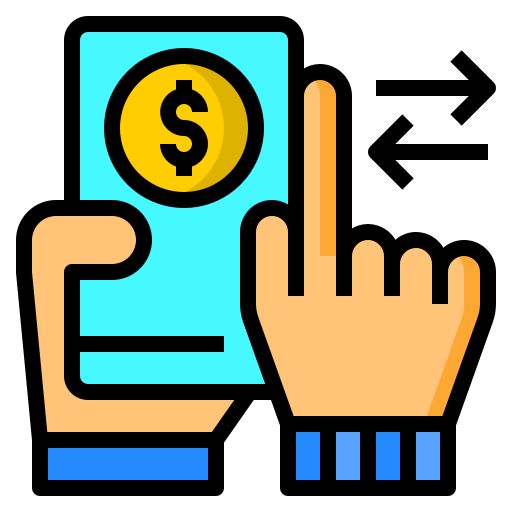Earning money through YouTube can be a rewarding endeavor. Here's a step-by-step guide to help you get started:
Choose your niche: Select a topic or theme for your YouTube channel. Focus on something you are passionate about or have expertise in. This will help you build a loyal audience.
Set up your channel: Create a YouTube channel using your Google account. Choose a channel name that reflects your content and brand. Customize your channel's layout, logo, and banner to make it visually appealing and consistent with your niche.
Create high-quality content: Plan and produce videos that provide value to your target audience. Make sure your videos are well-edited, visually appealing, and engaging. Research popular trends and keywords within your niche to optimize your content strategy.
Build an audience: Consistently upload videos to your channel to attract and retain viewers. Promote your videos through social media, your website/blog, or other online platforms. Interact with your audience by responding to comments and fostering a sense of community.
Meet YouTube Partner Program requirements: To monetize your YouTube channel, you need to meet the eligibility criteria for the YouTube Partner Program. This includes having at least 1,000 subscribers and 4,000 watch hours in the past 12 months, as well as adhering to YouTube's policies and guidelines.
Enable monetization: Once you meet the requirements, enable monetization on your YouTube channel. Go to the YouTube Studio, navigate to the "Monetization" section, and follow the steps to set up an AdSense account and link it to your channel. This allows ads to be displayed on your videos, generating revenue.
Explore other monetization options: In addition to ads, consider diversifying your revenue streams on YouTube. You can earn money through channel memberships, Super Chat (where viewers can pay to have their messages highlighted during live chats), merchandise shelf (selling your own merchandise on your channel), and YouTube Premium revenue (a portion of the subscription fee paid by YouTube Premium users).
Collaborate with brands: As your channel grows, you may have opportunities to collaborate with brands for sponsored content or product placements. Reach out to relevant companies or consider joining influencer marketing platforms to connect with potential brand partners.
Connect with your audience: Engage with your viewers through comments, community posts, and live streams. Building a loyal fan base can lead to increased watch time, subscriptions, and support for your channel through donations or crowdfunding.
Track analytics and optimize: Utilize YouTube Analytics to understand your audience, video performance, and revenue sources. Analyze the data to identify trends, audience preferences, and areas for improvement. Optimize your content strategy and video production based on viewer feedback and metrics.
Remember, building a successful YouTube channel takes time, consistency, and dedication. Focus on providing value to your audience, staying authentic, and continuously improving your content.



0 Comments